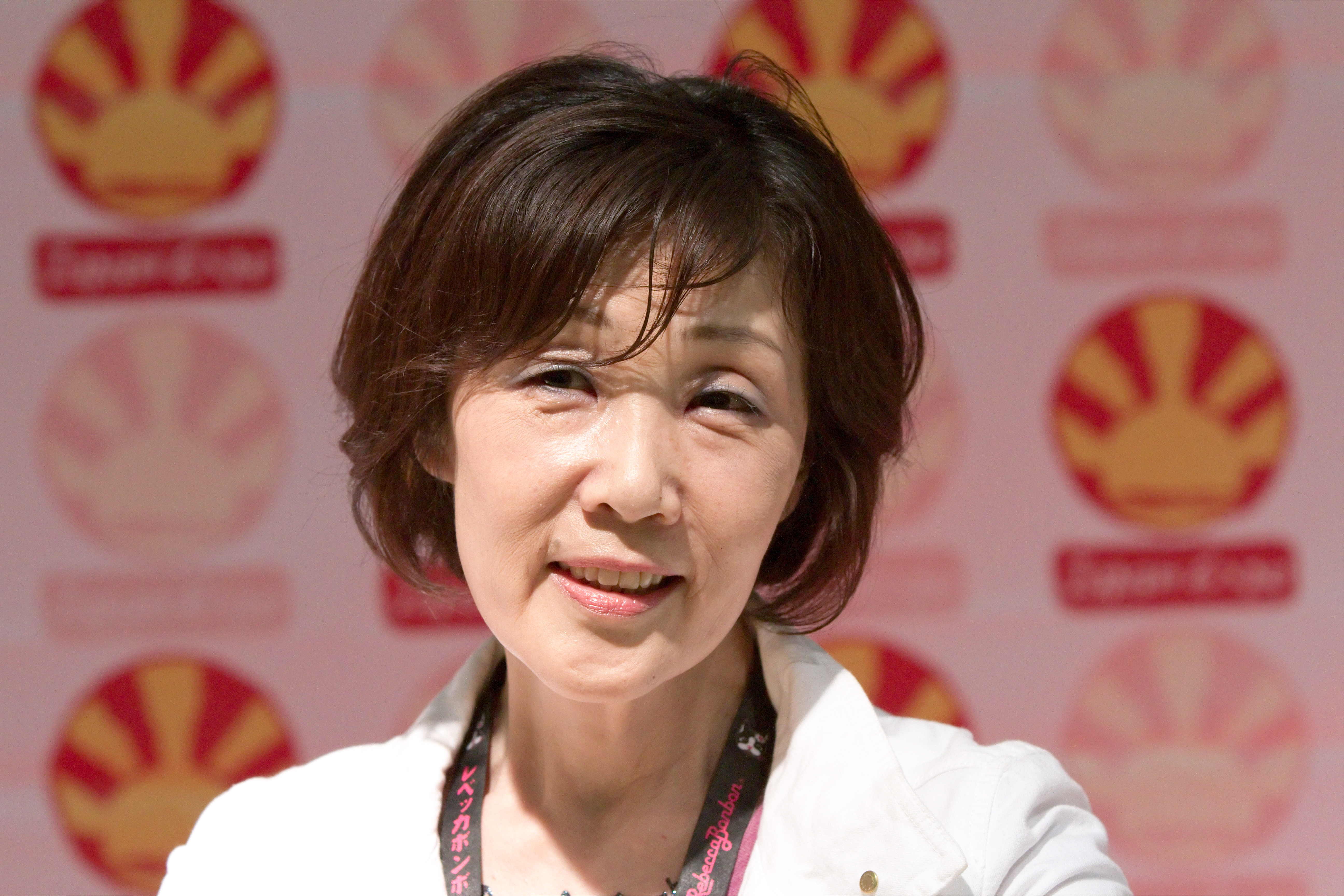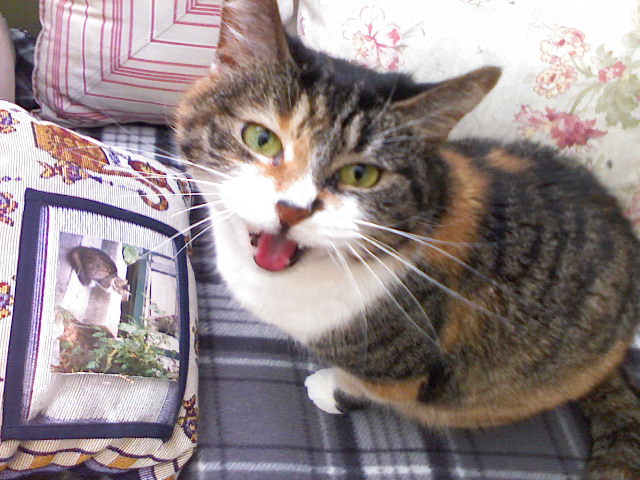|
Nekonomics
Nekonomics (), a term Blend word, blending ''neko'', the Japanese word for ''cat'', and ''economics'', describes the phenomenon of cat-related Consumption (economics), economic consumption in Japan. This includes the sale of products marketed towards cat owners, the use of cat imagery to sell products, and the use of living cats to attract customers and tourists. While cats have always enjoyed popularity in Japanese culture, being seen as ''kawaii'' (cute) and associated with good health, their popularity and economic impact increased significantly in the early 21st century. The term ''nekonomics'' was created around 2015, a pun on Japan's Abenomics economic policy. The adoption of Tama (cat), Tama as the station master of Kishi Station (Wakayama), Kishi Station in 2007 led to the station becoming a significant tourist attraction, and sparked a number of copycat attempts to boost tourism using cats. Cat islands in Japan, Islands with stray cat populations have become tourist draws, ... [...More Info...] [...Related Items...] OR: [Wikipedia] [Google] [Baidu] |
Tama (cat)
was a female calico cat who gained fame for being a railway station master and operating officer at Kishi Station (Wakayama), Kishi Station on the Kishigawa Line in Kinokawa, Wakayama, Kinokawa, Wakayama Prefecture, Japan. Early life Tama was born in Kinokawa, Wakayama, and was raised with a group of Feral organism, stray cats that used to live close to Kishi Station. They were regularly fed by passengers and by Toshiko Koyama, the informal station manager at the time. Career The station was near closure in 2004 because of financial problems on the rail line. Around this time, Koyama adopted Tama. Eventually the decision to close the station was withdrawn after the citizens demanded that it stay open. In April 2006, the newly formed Wakayama Electric Railway destaffed all stations on the Kishigawa Line to cut costs, and at the same time evicted the stray cats from their shelter to make way for new roads leading to the stations. Koyama pleaded with Mitsunobu Kojima, president of ... [...More Info...] [...Related Items...] OR: [Wikipedia] [Google] [Baidu] |
Sanjuro (cat)
Sanjūrō () is an Cat coat genetics, orange and white male cat who serves as the lord of Bitchū Matsuyama Castle in Takahashi, Okayama, Japan. He was discovered on the castle grounds following the 2018 Japan floods. His friendliness toward staff and guests led to his formal adoption as lord of the castle on December 16, 2018. His presence increased tourism to the castle, and he has been used to draw tourists to Takahashi as a whole. Discovery and appointment During the 2018 Japan floods, significant damage occurred in Takahashi, Okayama, including to the road approaching the heritage tourism site Bitchū Matsuyama Castle. The damage forced the castle to close, and after it reopened on July 18, there were significantly fewer visitors. This followed what was already a slower year in 2017 compared to preceding years. Those same floods caused a three-year-old orange and white male domestic cat living in the city to go missing on July 14. He was found at the castle the next week and t ... [...More Info...] [...Related Items...] OR: [Wikipedia] [Google] [Baidu] |
Cat Islands In Japan
A number of islands in Japan have become known for their large feral cat populations. These cat islands () tend to be the result of the introduction of cats for pest control. On islands with an appropriate climate, the lack of predators such as dogs, and sometimes a lack of cars, mean these introductions led to large cat populations that faced few threats. Today, the presence of these cats has turned some of these islands into tourist attractions. In many of these islands, the cat populations are larger than the human populations. The presence of cats has sometimes influenced local folklore: there is supposedly a taboo on Kakarajima against keeping dogs, and Tashirojima#Cat shrine, a shrine to a cat deity exists on Tashirojima. Stray cats on these islands are often fed by locals and tourists. However, as they are wild, it is rare that they receive further care or veterinary attention. The use of trap–neuter–return to control cat populations has been used on some occasions. On A ... [...More Info...] [...Related Items...] OR: [Wikipedia] [Google] [Baidu] |
Hello Kitty
, also known by her real name , is a fictional character created by Yuko Shimizu, currently designed by Yuko Yamaguchi, and owned by the Japanese company Sanrio. Sanrio depicts Hello Kitty as a British anthropomorphized white cat with a red bow and no visible mouth. According to her backstory, she lives in a London suburb with her family, and is close to her twin sister Mimmy, who is depicted with a yellow bow. Hello Kitty was created in 1974 and the first item, a vinyl coin purse, was introduced in 1975. Originally, Hello Kitty was only marketed towards pre-teenage girls, but beginning in the 1990s, the brand found commercial success among teenage and adult consumers as well. Hello Kitty's popularity also grew with the emergence of ''kawaii'' (cute) culture. The brand went into decline in Japan after the 1990s, but continued to grow in the international market. By 2010, the character was worth a year and ''The New York Times'' called her a "global marketing phenomenon". S ... [...More Info...] [...Related Items...] OR: [Wikipedia] [Google] [Baidu] |
Cat Café
A cat café is a theme café whose attraction is cats who can be watched and played with. Patrons pay a cover fee, generally hourly, and thus cat cafés can be seen as a form of supervised indoor pet rental. History The world's first cat café, "Cat Flower Garden" (貓花園), opened in Taipei, Taiwan, in 1998 and eventually became a global tourist destination. The concept spread to Japan, where the first one named "Neko no Jikan" (lit. "Cat's Time") was opened in Osaka in 2004. Due to Japan's land size and population, many residents live in small apartments or condominiums which do not allow pets, making cat cafés a very popular destination for young workers looking for the companionship and comfort offered. Tokyo's first cat café, named "Neko no Mise" (Cat's Store), opened in 2005. After this, the popularity of cat cafés boomed in Japan. From 2005 to 2010, 79 cat cafés opened across the country. In some jurisdictions, cat cafés allow humans to pet, feed, and play with c ... [...More Info...] [...Related Items...] OR: [Wikipedia] [Google] [Baidu] |
Kawaii
''Kawaii'' is a Japanese cultural phenomenon which emphasizes cuteness, childlike innocence, charm, and simplicity. ''Kawaii'' culture began to flourish in the 1970s, driven by youth culture and the rise of cute characters in manga and anime (comics and animation) and Merchandising, merchandise, exemplified by the creation of Hello Kitty by Sanrio in 1974. The ''kawaii'' Aesthetics, aesthetic is characterized by soft or pastel (usually pink, blue and white) colors, rounded shapes, and features which evoke vulnerability, such as big eyes and small mouths, and has become a prominent aspect of Japanese popular culture, influencing entertainment (including toys and Japanese idol, idols), fashion (such as Lolita fashion), advertising, and product design. Etymology The word ''kawaii'' originally derives from the phrase ''kao hayushi'', which literally means "(one's) face (is) aglow," commonly used to refer to flushing or blushing of the face. The second morpheme is cognate with ''- ... [...More Info...] [...Related Items...] OR: [Wikipedia] [Google] [Baidu] |
Heritage Tourism
Heritage tourism is a branch of tourism centered around the exploration and appreciation of a region's cultural, historical and environmental heritage. This form of tourism includes both tangible elements, such as historically significant sites, monuments, and artifacts, as well as intangible aspects, such as traditions, customs, and practices. A specific subset of heritage tourism, cultural heritage tourism, emphasises on the human dimension of these sites, focusing on the traditions, practices, and values that are deeply connected to them. Likewise, heritage tourism focuses specifically on the history of a region, as well as its natural heritage. Heritage tourism can look like visiting historically significant locations, engaging with local traditions (Folklore), and gaining insights into the historical and contemporary aspects of a community, culture or religion. Consequently, heritage tourism also underscores the importance of preserving cultural and historical resourc ... [...More Info...] [...Related Items...] OR: [Wikipedia] [Google] [Baidu] |
COVID-19 Pandemic In Japan
The COVID-19 pandemic in Japan has resulted in confirmed cases of COVID-19 and deaths, along with 33,728,878 recoveries. Government of Japan, The Japanese government confirmed the country's first case of the disease on 16 January 2020 in a resident of Kanagawa Prefecture who had returned from Wuhan, COVID-19 pandemic in mainland China, China. The first known death from COVID-19 was recorded in Japan on 14 February 2020. Both were followed by a second outbreak introduced by travelers and returnees from COVID-19 pandemic in Europe, Europe and the COVID-19 pandemic in the United States, United States between 11 March 2020 and 23 March 2020. According to the National Institute of Infectious Diseases (Japan), National Institute of Infectious Diseases, the majority of viruses spreading in the country derive from the European type, while those of the Wuhan type began disappearing in March 2020. According to the official press release of the Ministry of Health, Labor and Welfare, a ... [...More Info...] [...Related Items...] OR: [Wikipedia] [Google] [Baidu] |
Meow
A meow or miaow is a cat vocalization. ''Meows'' may have diverse tones in terms of their sound, and what is heard can vary from being chattered to calls, murmurs, and whispers. Adult cats rarely meow to each other. Thus, an adult cat meowing to human beings is generally considered a post-domestication extension of meowing by kittens: a call for attention. Felines usually communicate with each other via their shared sense of smell, yet with people they often make verbal cues around behavior, such as having a specific sound indicate a desire to go outside. A mew is a high-pitched meow often produced by kittens. It is apparently used to solicit attention from the kitten's mother, and adult cats may use it as well. The mew is similar to what is described in ''Brown et al. 1978'' as an isolation call. By around three to four weeks of age kittens do not mew when at least one littermate is present, and at four to five months of age kittens stop mewing altogether. Background an ... [...More Info...] [...Related Items...] OR: [Wikipedia] [Google] [Baidu] |
Onomatopoeia
Onomatopoeia (or rarely echoism) is a type of word, or the process of creating a word, that phonetics, phonetically imitates, resembles, or suggests the sound that it describes. Common onomatopoeias in English include animal noises such as Oink (sound), ''oink'', ''meow'', ''roar'', and ''Bird vocalization, chirp'', among other sounds such as ''Beep (sound), beep'' or ''hiccup''. Onomatopoeia can differ by language: it conforms to some extent to the broader natural language, linguistic system. Hence, the sound of a clock may be expressed variously across languages: as ' in English language, English, in Spanish language, Spanish and Italian language, Italian (see photo), in Standard Chinese, Mandarin, in Japanese language, Japanese, or in Hindi, Urdu, and Bengali language, Bengali. Etymology and terminology The word ''onomatopoeia'', with rarer spelling variants like ''onomatopeia'' and ''onomatopœia'', is an English word from the Ancient Greek language, Ancient Greek com ... [...More Info...] [...Related Items...] OR: [Wikipedia] [Google] [Baidu] |
Bitchū Matsuyama Castle
, also known as , is a Japanese castle located in the city of Takahashi, Okayama, Takahashi, Okayama Prefecture, in the San'yō region of Japan. Along with having one of only twelve remaining original ''tenshu'' (main keeps) in the country, Bitchū Matsuyama Castle is notable as the castle with the highest elevation above sea level in Japan at 430 meters (1410 ft). It has been protected by the central government as a Historic Sites of Japan, National Historic Site since 1956. History A fortification was originally built on a nearby mountain (Mount Omatsu) in 1240 AD by Akiba Shigenobu, but its details are not clear. In the Muromachi period, the Hosokawa clan was ''shugo'' of Bitchū Province, but ruled through local proxies. Takahashi Muneyasu constructed a new castle at the current location on Mount Gagyū in 1331, though the design of this castle differed from the one that stands on the site now. Mount Gagyū is located north of the center of modern Takahashi, and is ... [...More Info...] [...Related Items...] OR: [Wikipedia] [Google] [Baidu] |






